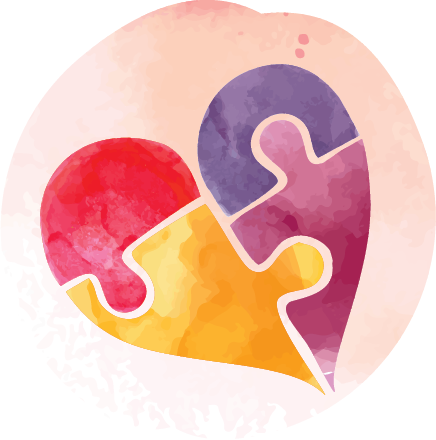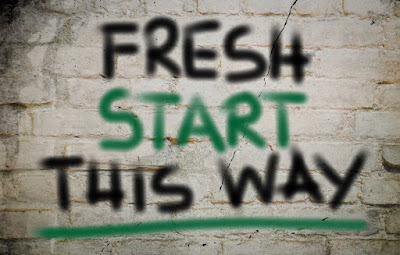Press











ABOUT Sam
SERVICES
Team Ruthless
EVENTS
GRIEFHAB™
PODCAST
RETREATS
shop
HEALING TOGETHER THROUGH THE HOLIDAYS - MAIN EVENT
HEALING TOGETHER - FOR A CAUSE: VIRTUALLY
HEALING TOGETHER - FOR A CAUSE: PILATES IN THE PARK - MICHIGAN
HEALING TOGETHER - FOR A CAUSE: VISIBLE - COLORADO
September 6-7
Jimtember Virtual Jubilee
blog
December 2nd - 8th / Metro Detroit AND VIRTUALLY
August 27th & 28th
August 30-31st
rUTHLESS IN THE ROCKIES
TEAM RUTHLESS
THE CONFIDENCE CONFERENCE
mOBILE rECOVERY dAY
Next event: September 10-23rd, Colorado
October 5-6th -
Virtual Event
September 30th, Castle Rock, Colorado
7 Groups Every week Plus Every Holiday
HEALING TOGETHER - FOR A CAUSE: Ride & ROAR - DALLAS
October 11 -12th
Stay Tuned!
FACES OF GRIEF
JOIN US
Dangers of Substance Addictions in Teenagers and Pre-teens
September 23, 2016
Teenagers – preteens – substance abuse. It may be harder to spot than you think. With the challenges that teenage life presents, it’s not uncommon to know teens who are suffering from social anxiety or appear unhappy for what seems like the littlest things. What is important to consider is the access to and pressure to try drugs and alcohol, and the ease in which social drug use can turn into addiction. Not only is substance addiction in adolescence serious, it is gravely dangerous. Outlined below is some sobering information about the very real dangers of addiction in teens.
Adolescent Brain Development
Teenage brains are still developing, and alcohol can cause dramatic changes to the brain’s structure, physiology and wiring (neuron connectivity). The effects of underage drinking on a developing brain may have consequences that are irreversible and last far beyond adolescence. When your brain is affected by addiction, your central nervous system is affected as well. Your body doesn’t react the way it would in a sober condition. Your speech, movement and thought process decays and becomes slow and disconnected. Long term use and addiction to alcohol and/or drugs can damage your brain forever.
Emotional changes and Decision Making
Substance abuse leads to addiction and addiction leads to emotional changes. Your friends aren’t exaggerating when they say you’ve been behaving differently. Alcohol and drug use interferes with the part of the brain that controls inhibition. When you lose control of your inhibitions, you may make decisions that are unsafe for yourself or those around you. Addiction can result in the inability to make thoughtful decisions or practice self-control. A person suffering from the effects of addiction may find it hard to control their emotions or impulsive urges.
Physical Appearance and Lifestyle
Teenagers and preteens are experiencing the physical and emotional effects of puberty. This can create dramatic changes in the teen’s social adaptation which in turn may generate added stress. Navigating the changes in the sexual and social experience that comes with maturity, peers are often looked to as examples to follow. This can intensify the potential to take drugs and alcohol. When habitual substance abuse becomes addiction, you may see behaviors and changes such as increased sexual activity – a heightened chance for contracting viruses and disease; depression and anxiety – mental illness is a risk of coping with stress through drugs and alcohol; changes in physical appearance – when drug addiction is seen, if often appears as unkempt and or unclean physical features.
Cancer and Illness
Tobacco causes cancer. Don’t chew it, smoke it, snuff it or snort it. Let’s be clear: No tobacco product is safe. Smoking tobacco causes lung cancer and increases the risk of cancers of the mouth, throat, larynx and esophagus. Smokeless tobacco such as, chewing tobacco can cause cancer, mouth sores and gum disease. While the physical effects of drug abusers varies depending on the drug used, allsubstance abuse negatively impacts the health of teens. Common side effects include sleep changes and decreased memory and cognitive abilities. More specific side effects include: abnormal vital signs like respiration, heart rate and blood pressure, nausea, vomiting, diarrhea or skin sores. Other diseases also spread through habitual drug use like, hepatitis B or C, or HIV.
Every day, scientists and physicians discover more about the dangers of drug abuse on your brain and body. You owe it to yourself to ask the right questions, uncover the facts and think hard about the dangers of substance abuse and how it affects you. Never Give Up is here to help you do that. I am your online therapist and specialize in providing support and guidance to those suffering from addiction. I will help to identify and develop positive services to assist teenagers with addiction, and help them find, maintain and support their sobriety.
Samantha M. Ruth, Transformational Psychologist
Online Therapy… Your Therapy, Your Way!
Call: 248-730-5544
Samantha@NeverGiveUp.Care
Let’s Connect! Follow Me On…
44.3148443-85.6023643
Leave a Reply Cancel reply
120 E. Front St. Loft 2 Traverse City MI 49684 &
77 Monroe Center St Ste 600 Grand Rapids MI 49503
phone : +1 (231)707-0707


Donate TO GRIEFHAB™
Donate today to help make our events and services free for everyone.
You can also donate directly to support a specific client in need.
four
three
info & Investment
two
THE FOUNDER
one
fIVE
GRAB A COPY OF MY
BOOKS & MERCHANDISE
four
three
info & Investment
two
THE FOUNDER
one


fIVE
GRAB A COPY OF MY
BOOKS & MERCHANDISE










HEALING TOGETHER EVENT
EVENTS
four
three
info & Investment
two
THE FOUNDER
one
fIVE
GRAB A COPY OF MY
BOOKS & MERCHANDISE
four
three
info & Investment
two
THE FOUNDER
one





fIVE
GRAB A COPY OF MY
BOOKS & MERCHANDISE










FACEBOOK FAMILY
GRIEFHAB™ SERVICES
FACES OF GRIEF
Our Press Features
THE BE RUTHLESS SHOW
two
three
Recent Articles
one





Coming in September! Stay Tuned.
December 2nd -8th / Metro Detroit AND VIRTUALLY
August 25th
August 30-31st
October 11 -12th
Stay Tuned!










four
three
info & Investment
two
THE FOUNDER
one





fIVE
GRAB A COPY OF MY
BOOKS & MERCHANDISE
four
three
info & Investment
two
THE FOUNDER
one





fIVE
GRAB A COPY OF MY
BOOKS & MERCHANDISE












